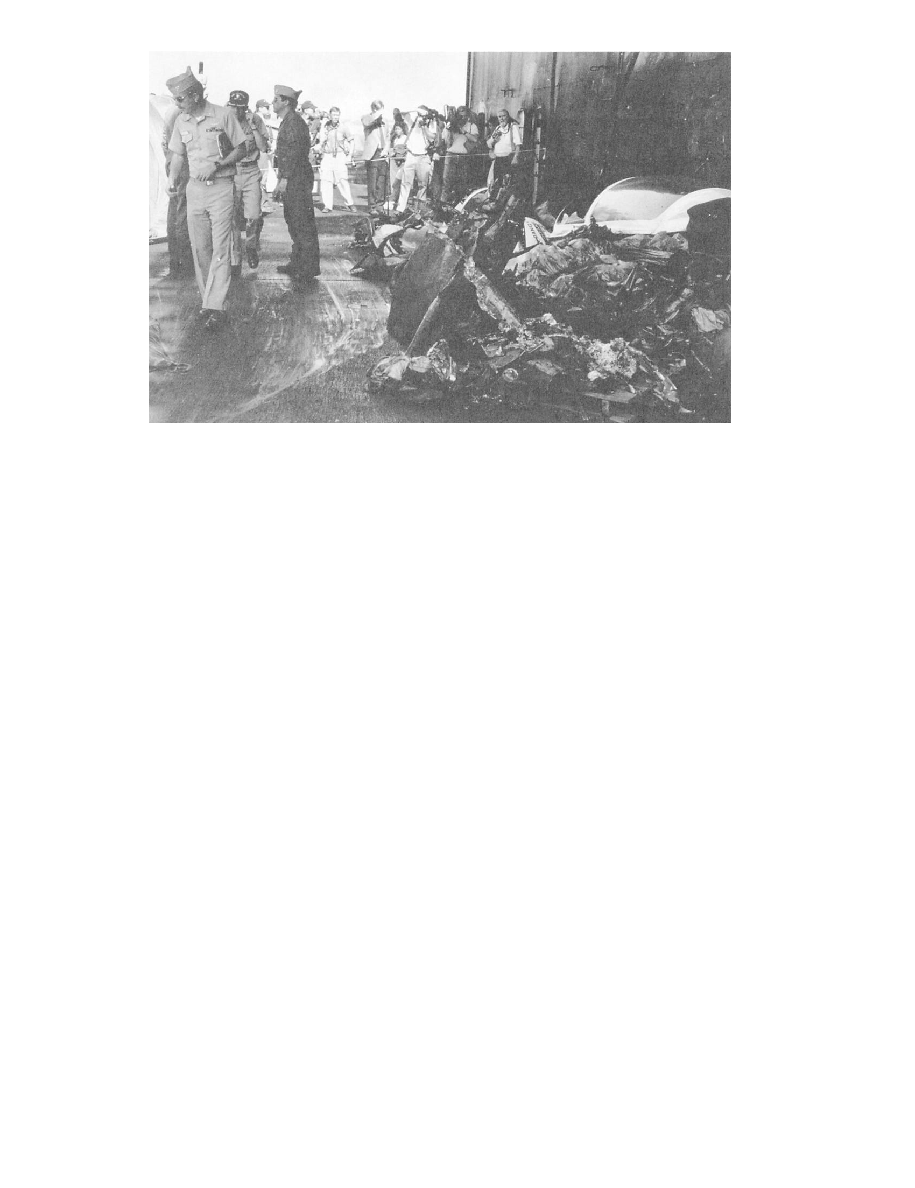
DOFMaster
for Windows
On-line
Depth of Field
Calculator
DOFMaster for Mobile Devices
On-line
Depth of Field
Table
Hyperfocal
Distance Chart
Articles
FAQ
Recommended
Books
Support
Contact
Links
Home
for Windows
On-line
Depth of Field
Calculator
DOFMaster for Mobile Devices
On-line
Depth of Field
Table
Hyperfocal
Distance Chart
Articles
FAQ
Recommended
Books
Support
Contact
Links
Home
As an Amazon Associate I earn from qualifying purchases.
![]()
make pictures that hide detail or distort the scene.
Remember, all photographic evidence must be accurate.
arrive at the scene appropriately clothed in a complete,
comfortable working uniform, which you do not mind
soiling.
the first military personnel arriving at the scene of an
aircraft accident must take charge until relieved by
proper authority. At the scene of the accident, you will
be working for the officer in charge (OIC). You report
to and receive your orders from the OIC. In many cases,
it may be possible for you to accompany the crash rescue
party to the accident. The sooner an experienced and
qualified photographer can get to the scene of an
accident, the better the possibilities of acquiring more
valuable photographic evidence. You should commence
taking pictures immediately upon arrival. Pictures made
before extensive fire damage can reveal information that
might otherwise be lost.
removal of occupants from the aircraft should be among
your first photographs. When medical treatment is being
given to survivors of the accident, photograph it not only
isolating factual information on human failure.
Casualties should also be photographed in the positions
they occupy when you arrive on the scene. Photographs
wreckage and the position of each body in relation to it.
before photographs are made unless it is important to
the accident investigation. This is a situation where close
liaison with the OIC is absolutely necessary.
them, they will naturally seek you out. Do not attempt
to tell a reporter what to write. Do not make a statement,
express an opinion, or provide information about the
accident (fig. 6-9).
to automobile, motorcycle, personal injury, or any type
Basic Photography Course

As an Amazon Associate I earn from qualifying purchases.
WWW.DOFMASTER.COM
© 2006 Don Fleming. All rights reserved.
© 2006 Don Fleming. All rights reserved.